Dupa plasarea solicitării de comandă, in sectiunea Istoric puteti vedea cate solicitări de comandă mai avem de procesat inaintea dumneavoastra
Program de lucru: Luni - Vineri 9:00 - 18:00, pauza 13:00 - 14:00.
Se efectueaza lucrari de mentenanta la site si pot aparea erori. In cazul in care intampinati erori va rugam sa reincercati mai tarziu.
Ridicarea personala este disponibila pentru comenzile achitate in avans. Se pot ridica dupa ce sunt pregatite.
Niciun produs
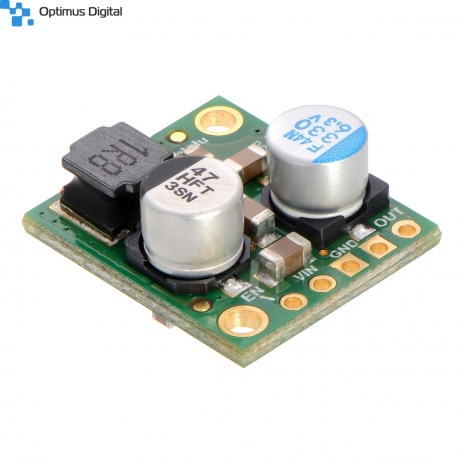 Mărește
Mărește
Sursă Pololu Step-Down D24V50F5 de 5 V, 5 A (coborâtoare)
0104110000010339
Produs nou
Sursă Pololu Step-Down D24V50F5 de 5 V, 5 A (coborâtoare) utilă pentru alimentarea circuitelor de 5V din surse de alimentare de tensiune mai mare.
2 bucati in stoc
Ultimele bucăți în stoc
- Scrie o recenzie
- Elimina acest produs din lista mea de favorite.
- Adauga acest produs la lista mea de favorite.
- Imprimă
Informații
Caracteristici tehnice:
- Tensiune de intrare: 6V - 38V (minim 6.2V pentru curent de ieșire de 5A);
- Tensiune de ieșire: 5V;
- Curent maxim de ieșire: 5A;
- Curent maxim de scurgere, în gol: 0.8mA;
- Acuratețe tensiune de ieșire: 4%;
- Protecție la alimentare inversă, supracurent, supratemperatură și subtensiune;
- Soft start;
- Frecvență de funcționare: 600kHz;
- Eficiență: 85% - 95%.
Dimensiuni: 17.8 mm × 20.3 mm × 8.8 mm.
Acest produs este util pentru alimentarea circuitelor de putere de 5V, în momentul în care dispuneți de o sursă de alimentare de tensiune mai mare, de până la 38V. Sursa poate furniza un curent maxim de 5A, suficient pentru a alimenta plăcuțe de dezvoltare, LED-uri de putere și senzori.
Sursa funcționează în regim de comutație, cu un randament mare, de până la 95%, deci generează foarte puțină căldură. Protecțiile și disiparea mică de căldură o recomandă pentru o gamă variată de proiecte.
Pentru mai multe detalii, consultați pagina producătorului.
Recenzii
Clienții care au cumpărat acest produs au mai cumpărat:
-
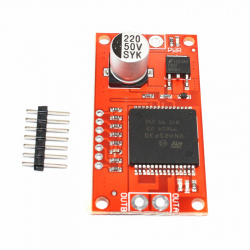
Modul Driver...
Driver de motoare de putere mare bazat pe...
$26.40
-
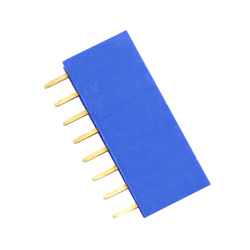
Header de...
Header de Pini Mamă de 2.54 mm 8p (Albastru)
$0.12
-
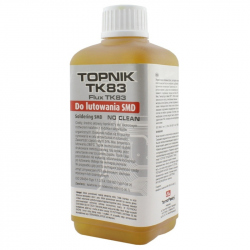
Solutie Flux...
Solutie Flux pentru Lipire 100 ml
$6.00
-
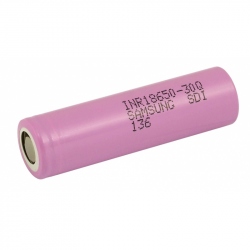
Acumulator...
Samsung INR18650-30Q 18650 Acumulator Li-ion cu...
$8.16
-
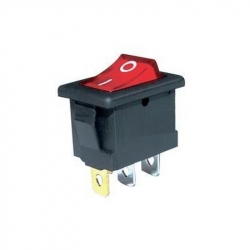
Comutator...
Comutator KCD1-101N 15 x 21 x 24 mm si Contacte...
$0.48
-
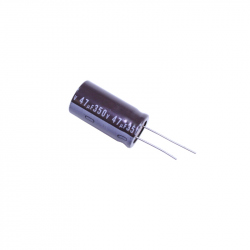
Condensator...
Condensator Electrolitic 47 uF, 350 V
$0.53
-

Sursă...
Sursă reglabilă, cu afișaj color, tensiune de...
$84.00
-
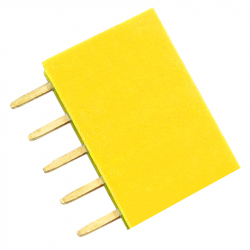
Header de...
Header de Pini Mamă de 2.54 mm 5p (Galben)
$0.12
-
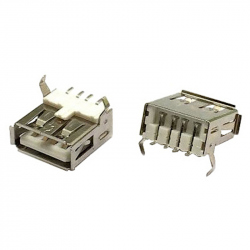
Conector...
Conector USB-A Mamă la 90°
$0.12
-
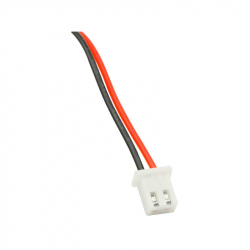
Cablu...
Cablu Colorat 2p XH2.54 Mufat la un Singur...
$0.24










